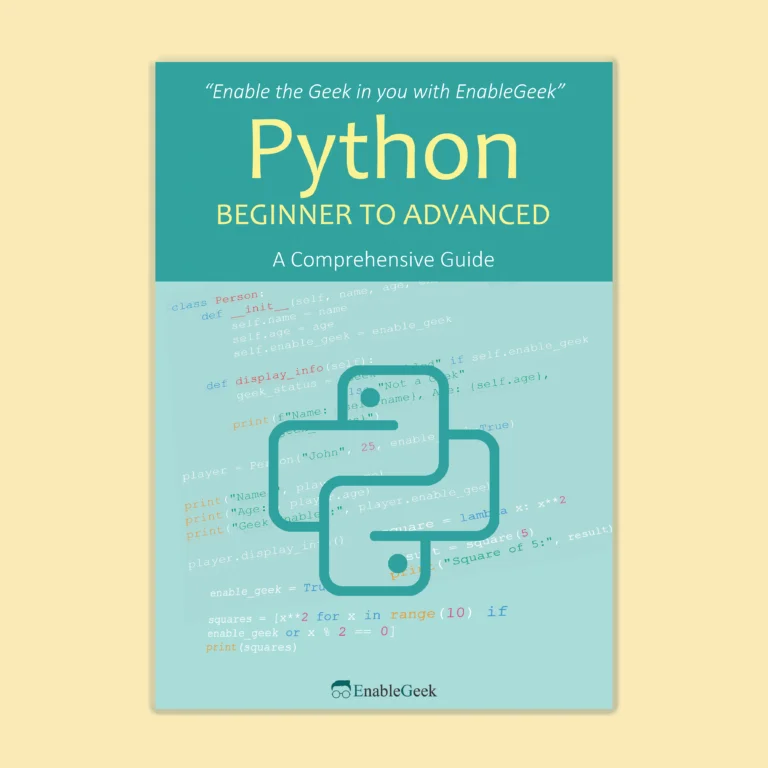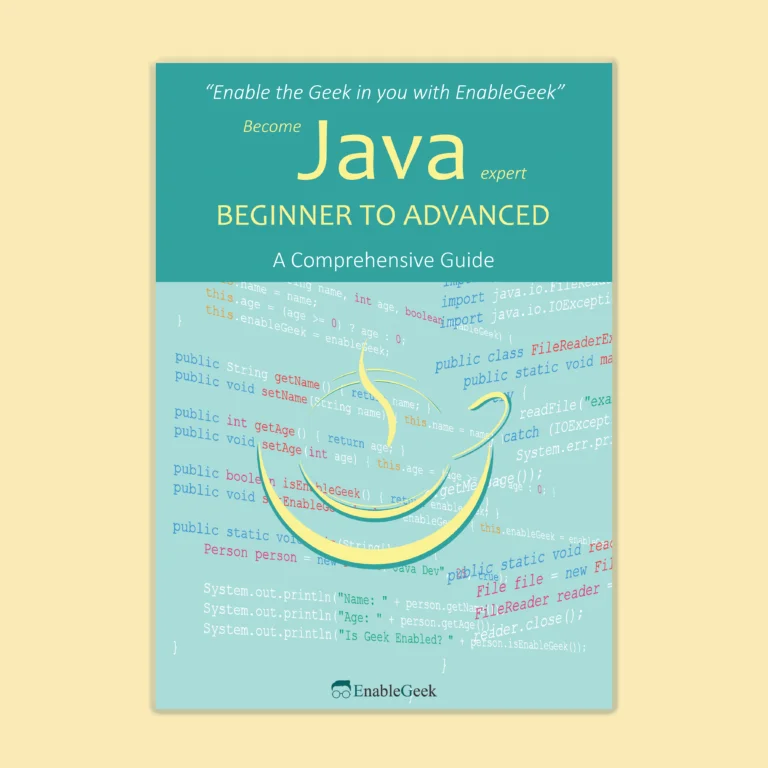JavaScript Object
A JavaScript object is a collection of properties, each of which has a name and a value. Objects can be used to model real-world objects, such as a bank account, a person, or a button on a webpage. Properties can be of any data type, including strings, numbers, and other objects, and they can be accessed and modified using dot notation or bracket notation. JavaScript objects are also commonly used to store and manipulate data, and to organize code into reusable modules.
Construct a JavaScript Object
In JavaScript, you can create an object using the object literal syntax, which is a pair of curly braces ‘{}‘ enclosing a comma-separated list of key-value pairs. Here’s an example:
const person = {
name: "John",
age: 30,
gender: "male",
email: "[email protected]"
};In this example, we create an object called ‘person‘ with four properties: ‘name‘, ‘age‘, ‘gender‘, and ‘email‘. Each property is represented by a key-value pair separated by a colon. The keys (name, age, gender, and email) are strings, and the values are any valid JavaScript value, including strings, numbers, booleans, arrays, and even other objects.
You can also create an object using the Object() constructor. Here’s an example:
const person = new Object();
person.name = "John";
person.age = 30;
person.gender = "male";
person.email = "[email protected]";In this example, we create an empty object using the Object() constructor, and then add properties to the object using dot notation.
There are other ways to create objects in JavaScript, such as using a function constructor or using the ‘class‘ keyword in modern JavaScript, but the object literal syntax and Object() constructor are the most common and straightforward ways to create objects.
Empty JavaScript Object Check
You can use the ‘Object.keys()’ method to check if an object is empty. The ‘Object.keys()’ method returns an array of a given object’s own enumerable property names. If the object is empty, the array will be empty as well. Here is an example:
Code:
const object = {};
if (Object.keys(object).length === 0) {
console.log('Object is empty');
} else {
console.log('Object is not empty');
}You can also use the ‘JSON.stringify()’ method to check for an empty object.
const object = {};
if(JSON.stringify(object) === "{}") {
console.log('Object is empty');
} else {
console.log('Object is not empty');
}Another way to check for an empty object is by using the ‘Object.entries()’ method. If the object is empty, it will return an empty array.
Code:
const object = {};
if(Object.entries(object).length === 0) {
console.log('Object is empty');
} else {
console.log('Object is not empty');
}Alternatively, you can use the ‘Object.getOwnPropertyNames()’ method to check for an empty object.
Code:
const object = {};
if(Object.getOwnPropertyNames(object).length === 0) {
console.log('Object is empty');
} else {
console.log('Object is not empty');
}
And you can use the ‘Object.values()’ method to check for an empty object.
Code:
const object = {};
if(Object.values(object).length === 0) {
console.log('Object is empty');
} else {
console.log('Object is not empty');
}You can use any of these methods to check if a JavaScript object is empty.
Insert Property in an Empty Object in JavaScript
You can insert a property into an empty object in JavaScript using dot notation or square bracket notation. Here’s an example using dot notation:
const myObject = {}; // create an empty object
myObject.name = "John"; // add a "name" property with value "John"
myObject.age = 30; // add an "age" property with value 30
In this example, we create an empty object called ‘myObject‘ using the object literal syntax ({}). We then add two properties to the object using dot notation (myObject.name and myObject.age), and assign them values.
You can also use square bracket notation to add properties to an empty object. Here’s an example:
const myObject = {}; // create an empty object
myObject["name"] = "John"; // add a "name" property with value "John"
myObject["age"] = 30; // add an "age" property with value 30
In this example, we use square bracket notation (myObject["name"] and myObject["age"]) to add properties to the object, and assign them values.
Both dot notation and square bracket notation can be used to add properties to an object, but square bracket notation is especially useful when the property name contains special characters or spaces.



